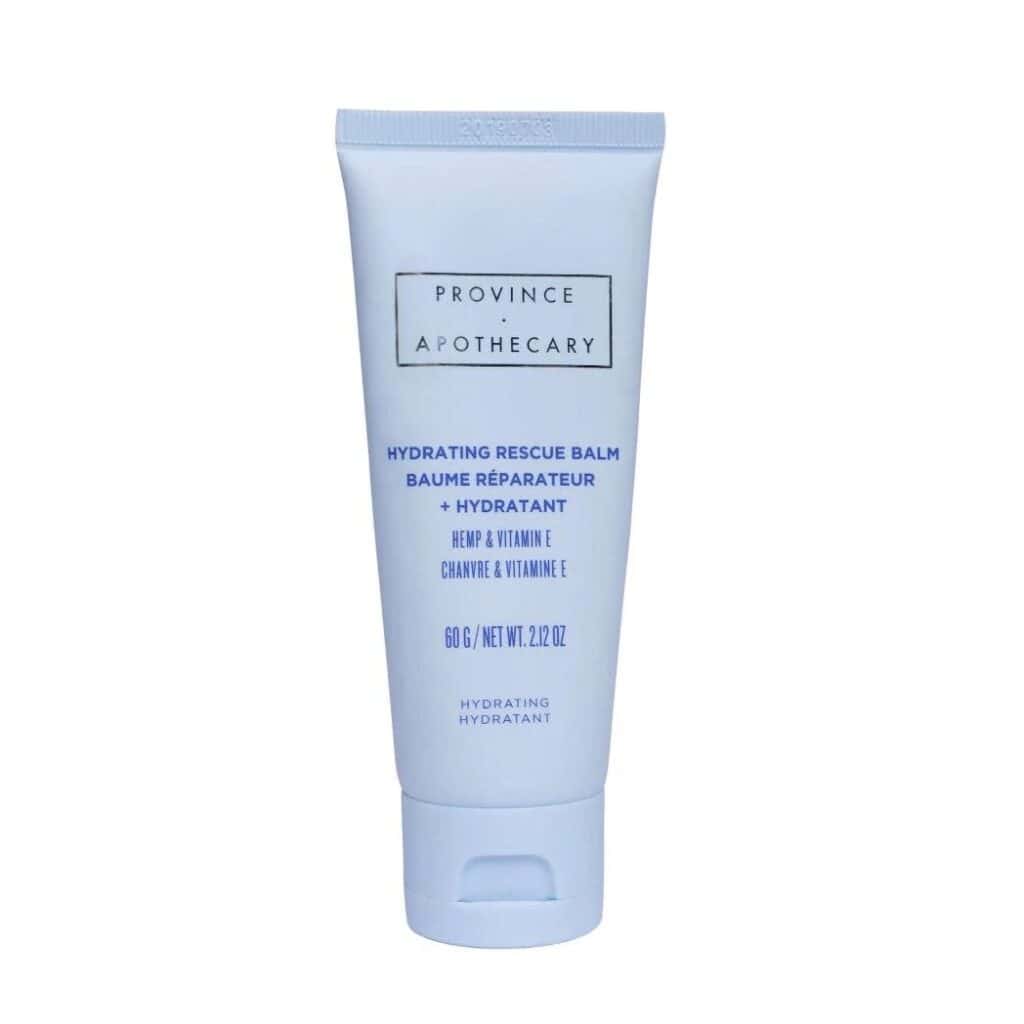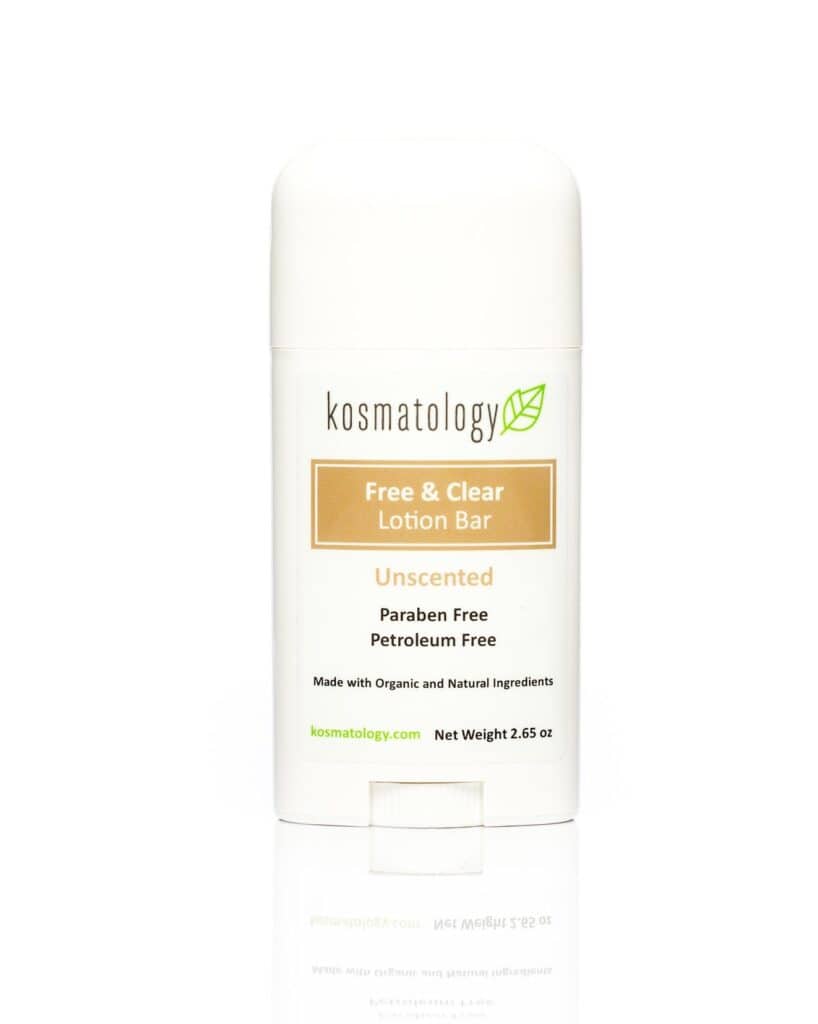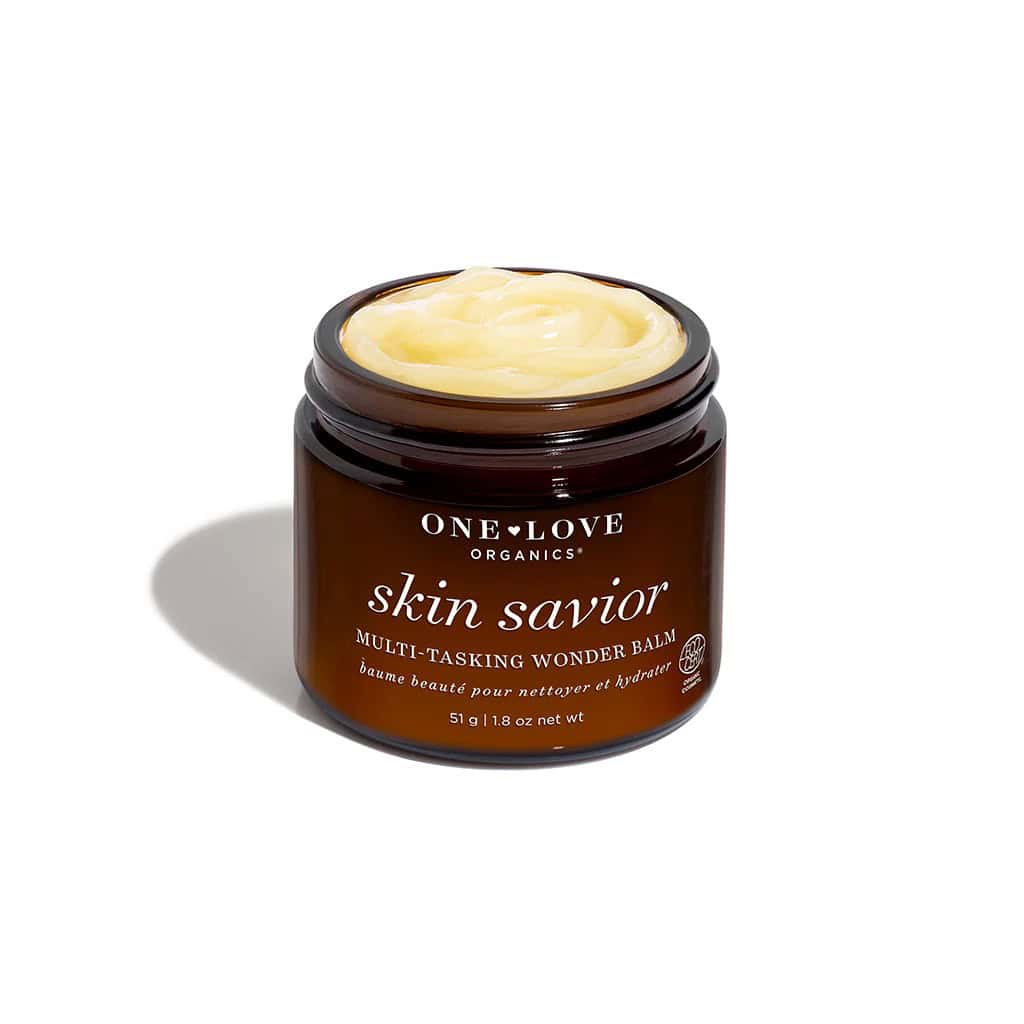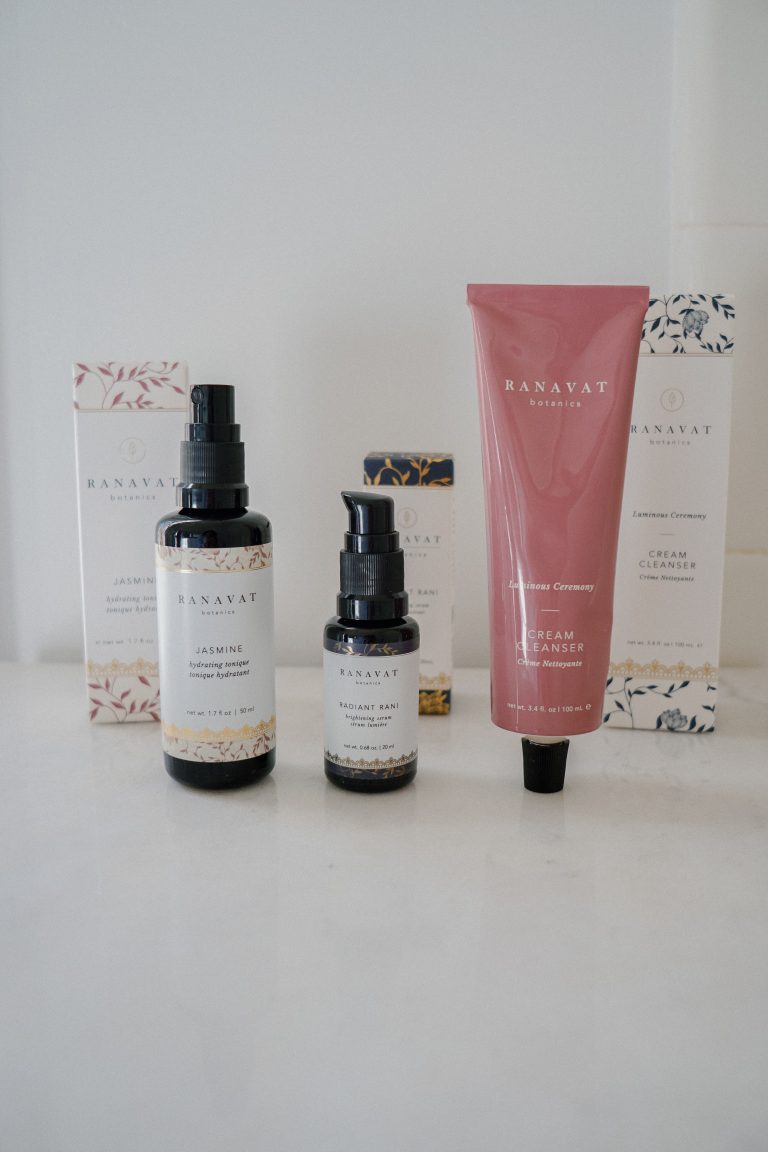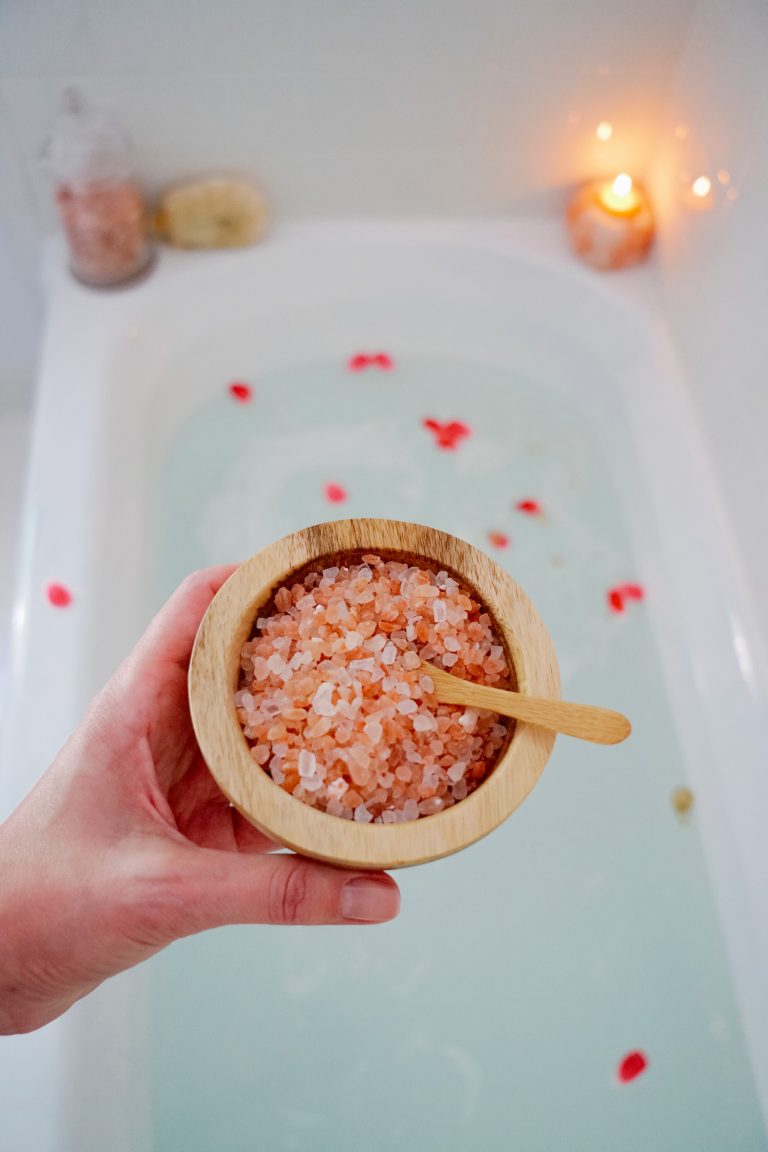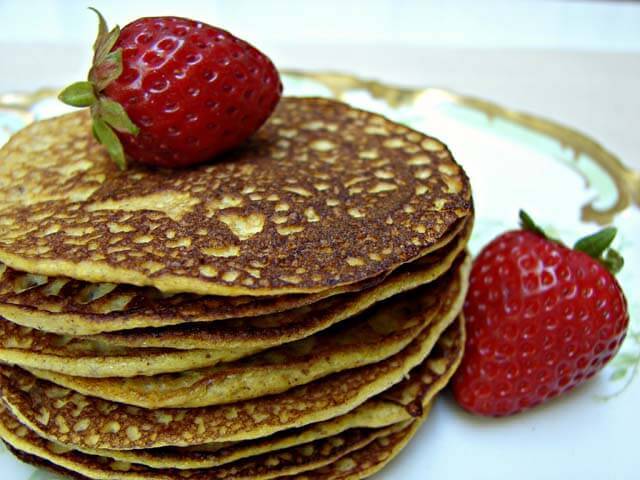Petroleum Jelly Substitute: Safer Alternatives for Healthy Skin
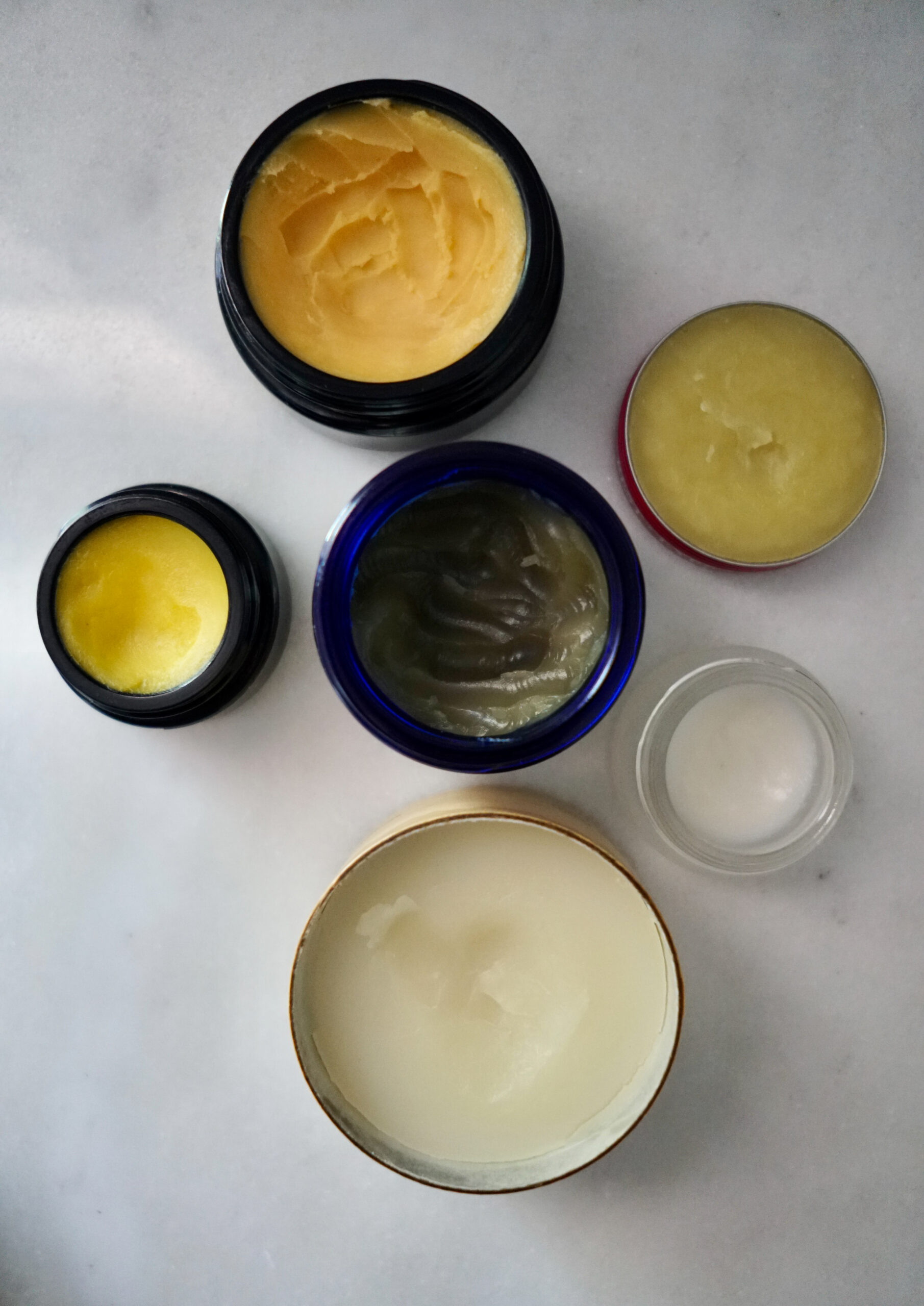
Petroleum jelly has been a staple in beauty cabinets for decades. Known for its ability to lock in moisture and create a protective barrier, it’s long been a go-to for treating dry skin, cracked heels, and even diaper rash. But with increasing awareness of derived ingredients, refining processes, and mineral oils and waxes, it’s no surprise that people are seeking a healthier, plant-based, petroleum-free alternative. In today’s post, I’m sharing everything you need to know about petroleum jelly—what it is, why some experts are concerned, and the best petroleum jelly substitute that can support your organic skincare routine.
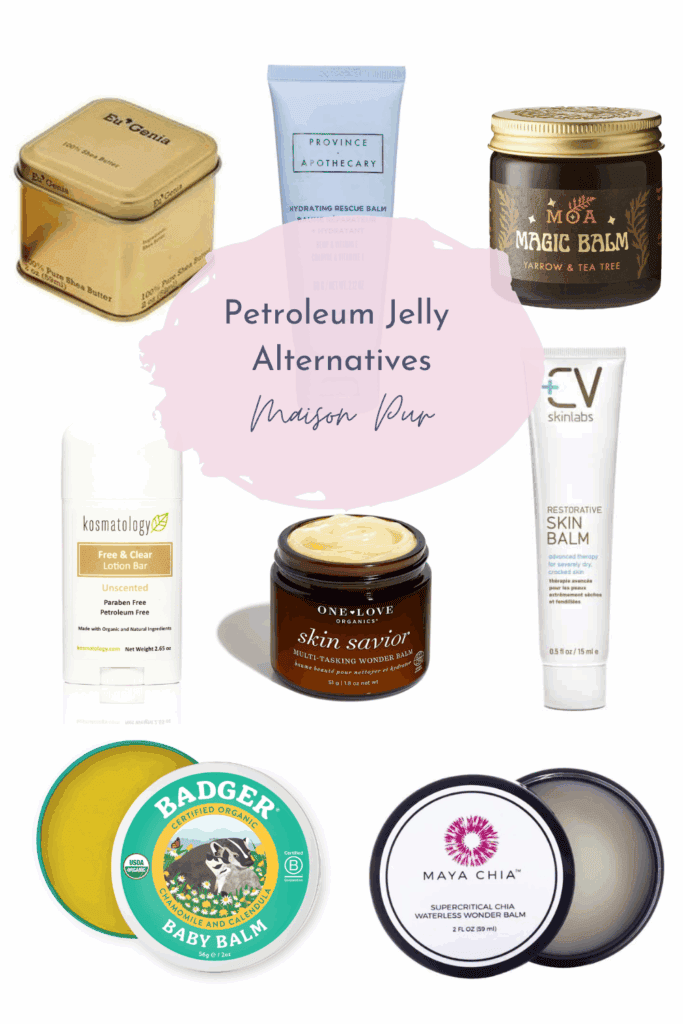
Why You Need a Petroleum Jelly Substitute
Before we dive into alternatives, it’s helpful to understand what petroleum jelly actually is and how it works. This can help you make informed decisions about your skincare products—especially if you’re looking for something better for irritated skin, sensitive skin types, or you’re simply trying to switch to more plant-based, multi-purpose, and petroleum-free options. Many of these swaps even have benefits that go above and beyond your average petroleum jelly!
What Is Petroleum Jelly & What Is Petroleum Jelly Used For
Petroleum jelly is a semi-solid mixture derived from mineral oils and waxes. It was first discovered in the 1800s as a byproduct of the refining process used in oil production. After further processing and purification, the result was a thick, clear substance that could be used topically.
Common Uses of Petroleum Jelly:
- Moisturizing dry skin
- Healing chapped lips
- Protecting skin from windburn
- Treating minor cuts and burns
- Preventing diaper rash
- Taming eyebrows or frizz
- Acting as a base for DIY balms and salves
Is Petroleum Jelly Bad For You?
While petroleum jelly is generally recognized as safe when properly refined, concerns arise because not all products go through the same stringent purification. Some forms of petroleum jelly may contain harmful contaminants like polycyclic aromatic hydrocarbons (PAHs), which are potentially carcinogenic. Additionally, because it forms a barrier on the skin, it can clog pores and potentially prevent your skin to breathe—especially if you’re acne-prone or have sensitive skin types.
Experts suggest opting for plant-based, petroleum-free options that provide the same level of moisturizing skin and skin protection without the possible risks.
What Are The Side Effects Of Petroleum Jelly
Can Clog Pores
Since petroleum jelly forms a heavy barrier, it can trap bacteria, oil, and dirt, potentially leading to breakouts—particularly for those with acne-prone or oily skin types.
May Cause Allergic Reactions
Some individuals experience sensitivity or allergic reactions, particularly if the product contains added ingredients or synthetic fragrances.
Contamination Risk
If not processed properly, petroleum jelly may contain PAHs. This is why it’s crucial to choose products that meet high refinement standards—or better yet, avoid it altogether.
What Are Good Petroleum Jelly Alternatives
Thankfully, there are safe, effective, multi-purpose alternatives that are plant-based, support the skin’s natural barrier, and help keep moisturizing skin simple and clean.

Shea Butter
A rich, creamy butter derived from the African shea tree. It’s deeply moisturizing and ideal for dry skin and irritated skin. Plus, it contains natural antioxidants and fatty acids that support skin protection.
👉 Shop organic shea butter here
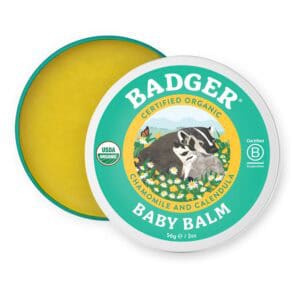
Beeswax-Based Balms
Beeswax acts as a natural barrier, helping your skin to breathe while locking in moisture. It’s a great base for balms and often paired with oils like jojoba or calendula.
👉 Try this beeswax-based balm
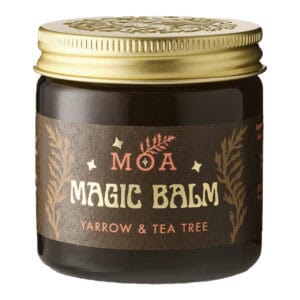
Plant-Based Oils (like jojoba, avocado, or almond oil)
These oils mimic your skin’s natural sebum, making them great for most skin types. They absorb easily, provide hydration, and support a healthy barrier.
👉 Explore clean facial oils

Lanolin
While not vegan, lanolin is a natural wax extracted from sheep’s wool. It’s highly emollient and excellent for moisturizing skin and soothing irritated skin. Just be sure to choose a purified, pesticide-free version.
👉 Lanolin balm for dry skin
Shop More Alternatives
Scroll through to see more top picks for petroleum jelly substitutes:
Province Apothecary Rescue Balm
Switching to a petroleum jelly substitute can be an easy step in upgrading your skincare routine or medicine cabinet. Whether you’re dealing with dry skin, seeking a multi-purpose balm for your family, or simply looking to avoid mineral oils and waxes, there are plenty of beautiful, effective, plant-based options out there.
Looking to revamp your whole routine? Check out my post on how to build an organic skincare routine.
*Post contains affiliate links. All thoughts and opinions are my own.

